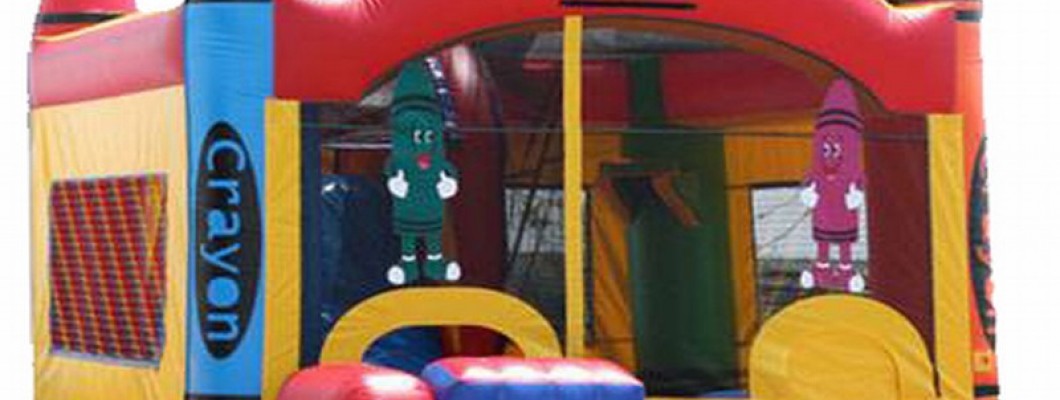
Leaving a bounce house outside overnight can raise several concerns regarding safety, maintenance, and the longevity of the inflatable. While it may seem convenient, it is essential to consider the potential risks involved.
1. Weather Conditions
One of the most significant factors to consider is the weather:
- Rain: If it rains, water can accumulate inside the bounce house, leading to mold and mildew growth.
- Wind: High winds can cause the bounce house to move or even topple over, posing safety risks.
- Extreme Temperatures: Very hot or cold temperatures can affect the material of the inflatable, potentially leading to tears or damage.
2. Safety Concerns
Leaving a bounce house outside can create safety hazards:
- Unauthorized Use: Children may use the bounce house unsupervised, increasing the risk of injuries.
- Animal Damage: Pets or wildlife may chew or damage the inflatable.
- Potential Theft: Leaving it unattended may lead to theft or vandalism.
3. Maintenance Issues
Overnight exposure can lead to maintenance challenges:
- Cleaning Needs: Debris such as leaves, dirt, or bugs may accumulate, requiring additional cleaning before the next use.
- Mold and Mildew: As mentioned earlier, moisture can lead to mold growth, which can compromise the inflatable's integrity and pose health risks.
4. Best Practices
If you must leave a bounce house outside overnight, consider these best practices:
- Make sure it is securely anchored to the ground to prevent movement.
- Check the weather forecast to avoid unexpected rain or wind.
- Consider using a protective cover to shield it from moisture and debris.
- Always deflate the bounce house if severe weather is expected.
Conclusion
In summary, while it might be tempting to leave a bounce house outside overnight for convenience, the potential risks and maintenance issues often outweigh the benefits. For the best longevity and safety, it is advisable to deflate and store the bounce house indoors when not in use.
